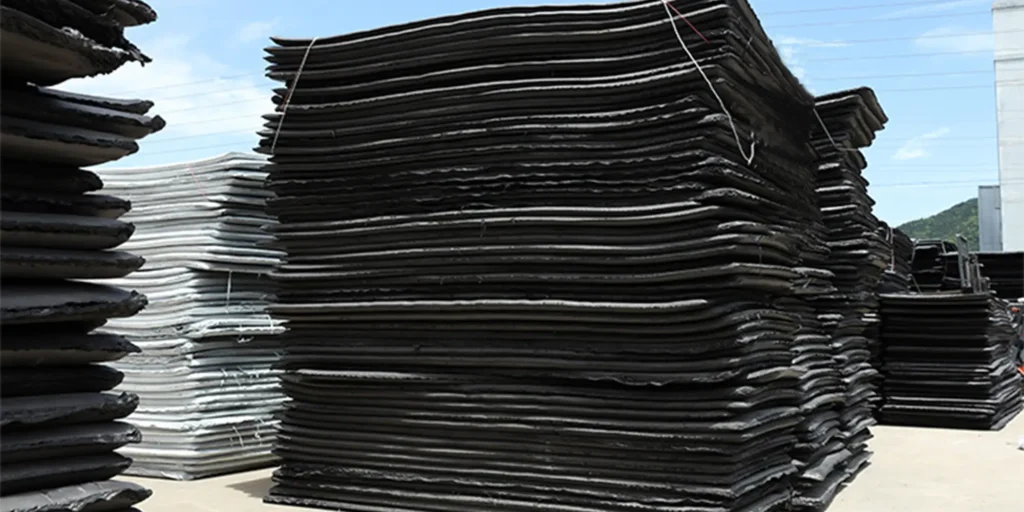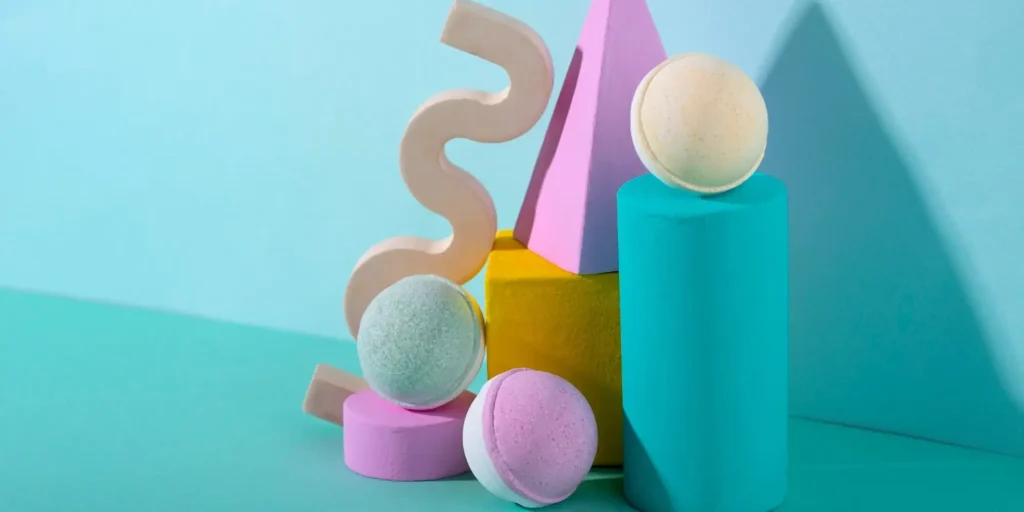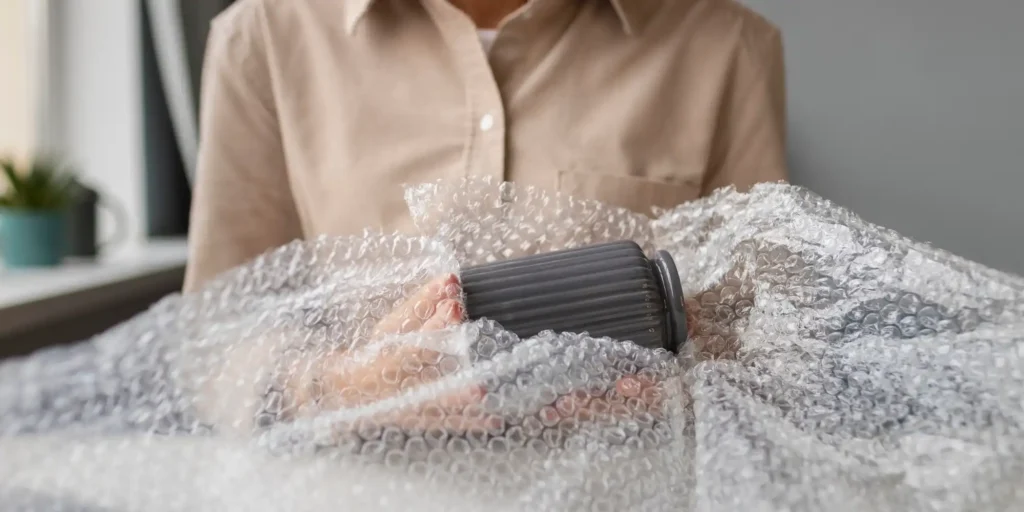EVA foam, or Ethylene Vinyl Acetate foam, is a highly versatile material that has gained popularity across various industries due to its unique properties. This article will delve into the characteristics, applications, benefits, and potential of EVA foam, providing everything you need to know about this incredible material.
What is EVA Foam?
EVA foam is a type of closed-cell foam that combines ethylene and vinyl acetate. This copolymer is known for its elasticity, softness, and resistance to UV radiation, making it an ideal choice for a wide range of applications. EVA foam is typically lightweight and offers excellent cushioning and shock absorption capabilities.
Characteristics of EVA Foam
- Lightweight: One of the most notable features of EVA foam is its lightweight nature, which makes it easy to handle and transport.
- Flexibility: EVA foam can be easily manipulated into various shapes and sizes, allowing for customization in different applications.
- Durability: This material is resistant to wear and tear, as well as environmental factors like UV rays and moisture, ensuring a long lifespan.
- Cushioning Properties: EVA foam offers excellent shock absorption, making it ideal for sports equipment, footwear, and protective gear.
- Non-toxic: EVA foam is non-toxic and safe for various applications, including toys and medical supplies.
Applications of EVA Foam
EVA foam is used in a multitude of industries due to its versatile nature. Here are some common applications:
1. Sports Equipment
EVA foam is widely used in sports equipment, including mats, padding, and protective gear. Its cushioning properties help absorb impact, making it a favorite among athletes and trainers.
2. Footwear
Many shoe manufacturers utilize EVA foam for its lightweight and cushioned feel. It is often found in insoles and midsoles, providing comfort and support during physical activities.
3. Toys
Due to its non-toxic properties, EVA foam is commonly used in children’s toys. The soft and flexible nature of the material makes it safe for kids to play with.
4. Medical Applications
EVA foam is used in various medical devices, including orthotic inserts and rehabilitation equipment. Its cushioning effect provides comfort for patients and aids in recovery.
5. Packaging
EVA foam’s shock-absorbing capabilities make it an excellent choice for packaging fragile items. It protects products during transit and reduces the risk of damage.
Benefits of Using EVA Foam
Choosing EVA foam for your projects comes with several benefits:
1. Cost-Effective
EVA foam is relatively inexpensive compared to other materials, making it an economical choice for manufacturers and consumers alike.
2. Customizable
The versatility of EVA foam allows for customization in color, density, and thickness, enabling businesses to create tailored solutions for their customers.
3. Eco-Friendly Options
Many manufacturers are now producing EVA foam with recycled materials, contributing to sustainability efforts and reducing environmental impact.
4. Easy to Work With
EVA foam can be easily cut, shaped, and bonded, making it ideal for various manufacturing processes.
EVA foam is a remarkable material that offers a wealth of benefits across numerous industries. Its lightweight, flexible, and durable nature makes it an ideal choice for applications ranging from sports equipment to medical devices. As demand for versatile and sustainable materials continues to grow, EVA foam is poised to play an even more significant role in various markets. Understanding its properties and potential applications can help businesses and consumers make informed decisions about incorporating this innovative material into their projects.
whether you are an athlete looking for better gear, a parent seeking safe toys for your child, or a manufacturer searching for an effective packaging solution, EVA foam has something to offer everyone. Embrace the versatility of EVA foam and discover the many ways it can enhance your life and business!
FAQ
1. What are the primary uses of EVA foam?
EVA foam is commonly used in sports equipment, footwear, toys, medical devices, and packaging due to its cushioning properties and versatility.
2. Is EVA foam safe for children?
Yes, EVA foam is non-toxic, making it a safe option for children’s toys and other applications where safety is a concern.
3. How does EVA foam compare to other types of foam?
EVA foam is lighter and more flexible than many other types of foam, offering superior shock absorption and resistance to environmental factors like UV rays.
4. Can EVA foam be customized?
Absolutely! EVA foam can be tailored in terms of color, density, and thickness, making it suitable for a wide range of applications.
5. Is EVA foam eco-friendly?
Many manufacturers now produce EVA foam using recycled materials, contributing to sustainability efforts and reducing environmental impact.
#EVAfoam #VersatileMaterial #SustainableLiving #SportsEquipment #EcoFriendly #Cushioning #Lightweight #Customizable #ChildSafety #PackagingSolutions
WELLE Trade has over 20 years of experience in the production and processing of PE/EVA/TPE foams, so you may want to consult with them if you have any sourcing needs.




